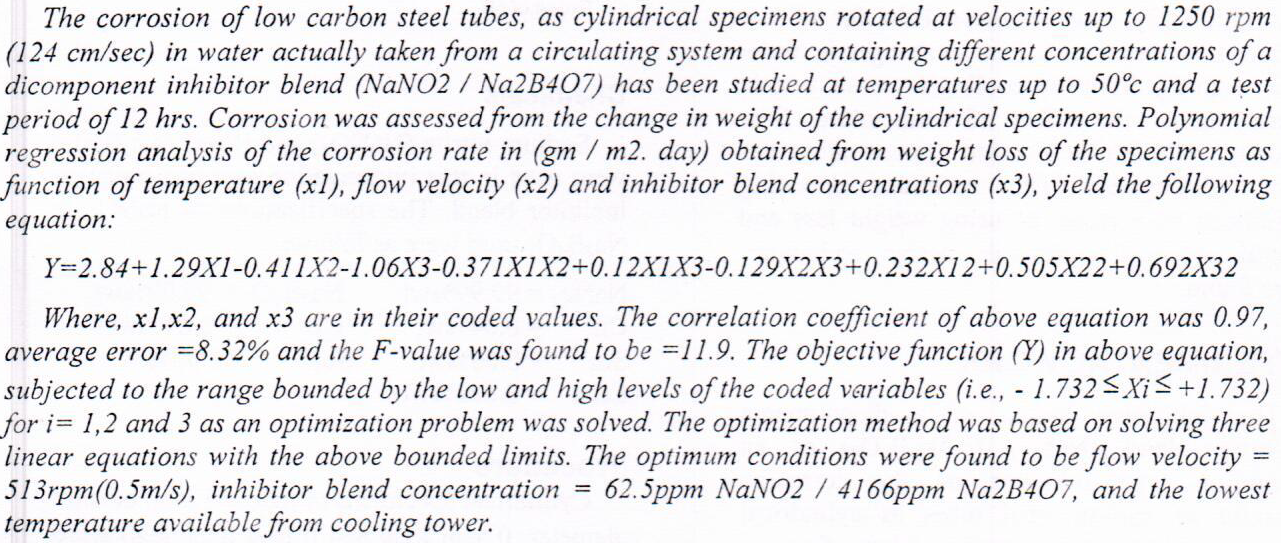
 (1)
(1)
The problem of rapid population growth is one of the main problems effecting countries of the world the reason for this the growth in different environment areas of life commercial, industrial, social, food and educational. Therefore, this study was conducted on the amount of potable water consumed using two models of the two satellite and aerial images of the Kadhimiya District-block 427 and Al-Shu,laa district-block 450 in Baghdad city for available years in the Secretariat of Baghdad (2005, 2011,2013,2015). Through the characteristics of geographic information systems, which revealed the spatial patterns of urban creep by determining the role and buildings to be created, which appear in the picture for the
... Show More (2)
(2)
The increase in population resulted in an increase in the consumption of water. The present work investigates the performance of a recycling solar- powered greywater treatment system for the purposes of irrigation, used to reduce the amount of waste grey water and reduce electricity consumption and reduce the costs of constructing large scale water treatment plants. The system consumes about 3814W per hour and provides water treatment about 1.4 m3 per day. The proposed system is designed to residential, office and governmental buildings application. Tests are conducted in an office building at the Ministry of Science and Technology site in Baghdad. Laboratorial water samples testing analyses are co
... Show More (1)
(1)
This paper presents an investigation to the effect of the forming speed on healing voids that inhabit at various size in an ingot. The study was performed by using finite element method with bilinear isotropic material option, circular type voids were considered. The closure index was able to predict the minimum press force necessary to consolidate voids and the reduction. The simulation was carried out, on circular cross-section lead specials containing a central void of different size. At a time with a flat die, different ratio of inside to outside radius was taken with different speed to find the best result of void closure.
 (14)
(14)
 (13)
(13)
 (13)
(13)
 (35)
(35)
 (27)
(27)
Iraq suffers from serious pollution with harmful particles that have important direct and indirect effects on human activities and human health. In this research, a system for detecting pollutants in the air was designed and manufactured using infrared laser technology. This system was used to detect the presence of pollutants in the dust storms that swept the city of Baghdad which could have a negative impact on human health and living organisms.
The designed detection system based on the use of infrared laser (IR) with a wavelength of 1064 nm was used for the purposes of detecting pollutants based on the scattering of the laser beam from these pollutants. The system was aligned to obtain the best signal for the scattered rays, w
... Show More